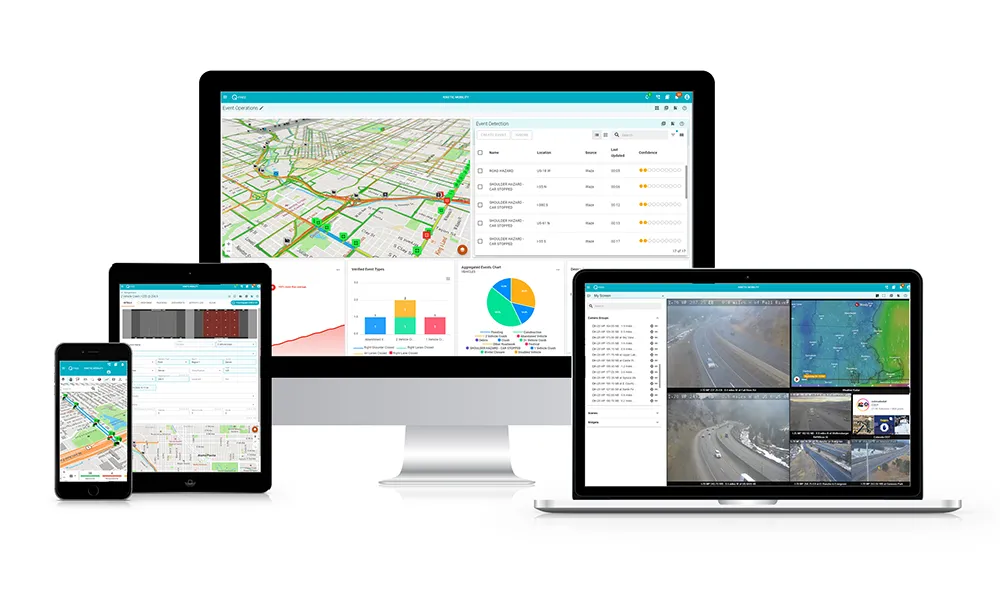Q-Free’s Universal ITS (U-ITS) Station is helping to achieve two significant firsts at here at the ITS World Congress Melbourne. The outdoor demonstration area is hosting the first Cooperative ITS (C-ITS) showcase of its type in the southern hemisphere.
It is also to be the first implementation anywhere in the world on live intersections of C-ITS technology and applications using open, agreed standards. The U-ITS Station is a compact, comprehensive C-ITS solution providing full hybrid, ETSI/ISOstandard c
October 10, 2016
Read time: 2 mins

It is also to be the first implementation anywhere in the world on live intersections of C-ITS technology and applications using open, agreed standards. The U-ITS Station is a compact, comprehensive C-ITS solution providing full hybrid, ETSI/ISOstandard communications. Available in roadside and in-vehicle versions that use many of the same components, its conformity with internationally agreed C-ITS standards enables ready interfacing with other manufacturers’ technologies. This is significant — previous ITS World Congress outdoor demonstrations have featured proprietary standards or effectively represented a single supplier’s product set.
This week, U-ITS Station-equipped coaches travelling to and from the outdoor demonstration area pass through a series of intersections.
The roadside U-ITS Stations broadcast standard messages including intersection map and traffic signal status (SPaT/MAP) roadside awareness messages (CAM) and roadside service announcements. A central ITS station provides open web access, enabling smartphone, tablet or PC users to follow the demonstration live.
“The Universal ITS Station is the most technically advanced ITS product we have ever created,” says Knut Evensen, Q-Free’s Chief Technologist. “What we now have is an effective, accessible, totally standardscompliant solution that is fully capable of supporting C-ITS pilots around the world. We’ve already achieved our first sales in this respect,” Evensen said.










